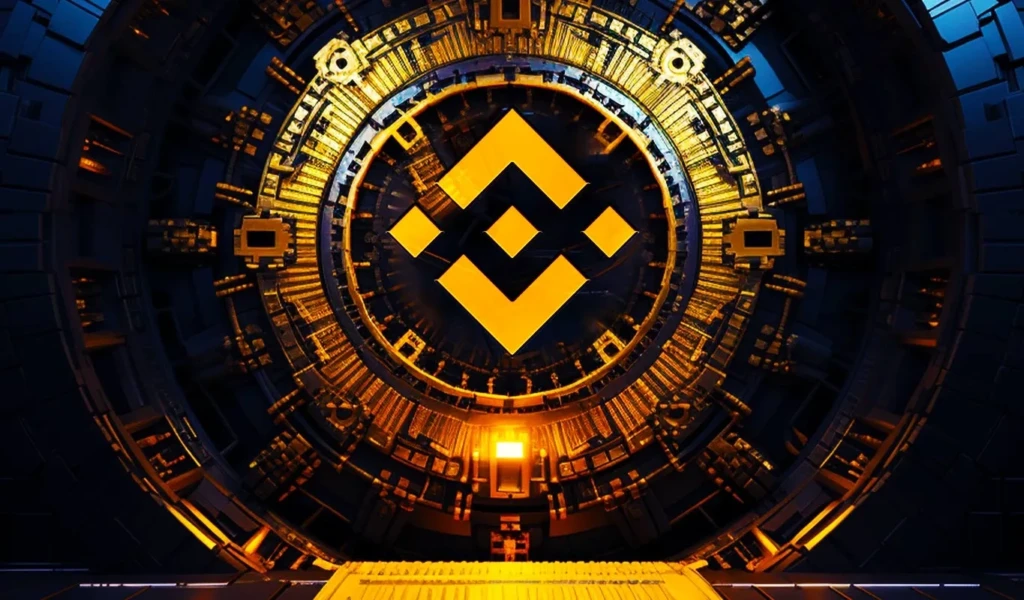How to Know Coin Before Listing on Binance?
For many traders, getting into a cryptocurrency before it lists on Binance can mean the difference between modest gains and life-changing profits. Binance, the world’s largest exchange by trading volume, has a reputation for propelling tokens into the spotlight once they secure a listing. But the question is: How to know coin before listing on Binance?
This article takes an investigative dive into the strategies, signals, and insider perspectives that can help crypto investors identify potential candidates for a Binance listing before the official announcement.
Why Binance Listings Matter
Binance’s influence on the market is undeniable. Coins listed on Binance often experience dramatic price surges—sometimes called the “Binance Effect.” According to CoinTelegraph, new listings frequently lead to double or triple-digit percentage gains within hours of trading.
But with hundreds of tokens launching each month, only a handful ever make it to Binance. Understanding the exchange’s listing criteria and the ecosystem around it is key to anticipating which projects might be next.
Binance’s Listing Criteria: What We Know
Binance does not openly publish its exact formula for approving coins, but based on past listings, industry reports, and statements from Binance CEO Changpeng Zhao (CZ), several recurring themes emerge:
1. Strong Community Support
Binance values projects with active, organic communities. Tokens with large, engaged followings on platforms like Twitter, Telegram, and Discord stand a stronger chance.
2. Solid Technology and Utility
Coins with robust technical foundations and real-world use cases are more attractive to Binance. Projects that address scalability, interoperability, or DeFi innovation often move up the list.
3. Regulatory Compliance
In recent years, Binance has increased scrutiny on regulatory aspects. Tokens must demonstrate compliance with global frameworks, particularly in the U.S. and EU.
4. Liquidity Potential
If a token already has active markets on smaller exchanges and generates consistent liquidity, it signals to Binance that it can thrive on a larger platform.
Investigative Signals: How to Spot Coins Before Listing
1. Tracking Binance Labs Investments
Binance Labs, the venture arm of the exchange, frequently invests in projects that later appear on the trading platform. Monitoring Binance Labs’ portfolio gives investors early clues.
2. Watching Strategic Partnerships
Partnership announcements with major blockchain players, wallet integrations, or DeFi collaborations often precede listings. If a token partners with Binance Smart Chain (BSC) or receives exposure in Binance Academy content, that’s a red flag it may be on the radar.
3. Exchange Progression Pattern
Historically, many tokens appear first on niche exchanges, then move to mid-tier platforms like KuCoin or Gate.io before arriving on Binance. Tracking these progression patterns can highlight likely candidates.
4. Community Polls and Binance Launchpad
Binance occasionally uses community voting or its Launchpad platform to determine which projects get listed. Following these updates provides a direct pipeline into potential listings.
Case Studies: Coins That Benefited From the “Binance Effect”
Polygon (MATIC)
Polygon’s listing on Binance in 2019 catapulted it from an emerging scaling solution to a global player. Its price surged almost immediately after listing, thanks to Binance’s vast user base.
Axie Infinity (AXS)
Before its meteoric rise in 2021, Axie Infinity quietly built momentum on smaller exchanges. Once Binance added it, the token became a staple of the NFT and play-to-earn narrative.
PEPE Coin
Memecoins like PEPE illustrate how community hype and volume can drive Binance listings. Binance listed PEPE in May 2023, days after it became one of the most traded memecoins on decentralized exchanges.
These examples show that community, liquidity, and ecosystem alignment often precede Binance listings.
Tools and Methods for Retail Investors
Knowing how to know coin before listing on Binance requires active research. Here are proven tools:
- CoinMarketCap “Recently Added” Section – Tracks new tokens gaining traction.
- DEX Screener – Highlights rising tokens on decentralized exchanges like Uniswap or PancakeSwap.
- Social Media Monitoring – Following Binance’s Twitter and Telegram channels often reveals subtle hints before announcements.
- Blockchain Data Tools – Platforms like Nansen provide insights into where smart money is moving, often identifying Binance candidates before retail investors catch on.
Risks of Trying to Predict Binance Listings
While the upside is huge, there are risks in trying to predict the next Binance coin:
- Scams and Rug Pulls: Many coins with hype never make it to Binance because they collapse first.
- False Signals: Community speculation can artificially inflate token value with no real basis.
- Regulatory Uncertainty: Even strong projects may face regulatory hurdles preventing a Binance listing.
Investors should balance research with caution, avoiding overexposure to speculative bets.
FAQs: How to Know Coin Before Listing on Binance?
1. How to know coin before listing on Binance with certainty?
There’s no guaranteed method. However, monitoring Binance Labs investments, exchange progression patterns, and Binance Launchpad announcements can provide reliable signals.
2. Does every coin with hype get listed on Binance?
No. Binance evaluates coins on technology, compliance, liquidity, and community—not just hype. Many hyped tokens never meet the exchange’s requirements.
3. Is it profitable to invest in coins before they list on Binance?
Often yes, but it carries risks. While listings can boost token prices, pre-listing investments in unverified projects can result in heavy losses if the listing never materializes.
4. Can retail investors compete with insiders in spotting Binance coins?
Retail investors can still succeed by using tools like CoinMarketCap, DEX trackers, and Binance Labs portfolio updates, though insiders may always have a time advantage.
Conclusion: The Future of Binance Listings
Learning how to know coin before listing on Binance is less about guessing and more about investigating patterns, partnerships, and market signals. Binance’s growing emphasis on compliance and utility means that future listings will likely favor long-term value over short-term hype.
For forward-looking investors, combining on-chain analytics, exchange tracking, and community monitoring offers the best path to spotting opportunities early. The “Binance Effect” isn’t going away—it’s simply evolving to favor stronger, more resilient projects.

